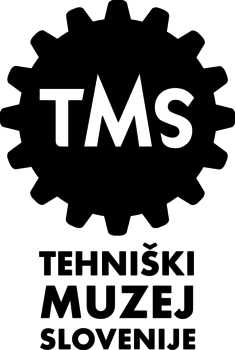Project leader: Flygvapenmuseum (SE)
Project partners: Arbetets museum (SE), LWL-Industriemuseum (DE), Museum of Municipal Engineering in Krakow (PL), Technical Museum of Slovenia (SI), Työväen museoyhdistys ry (FI)
Today’s society is changing rapidly. Things that were Science Fiction 50 years ago are today’s reality. Ray Kurzweils, an American computer scientist and futurist who is employed by Google in a full time position, has predicted that in 2029 artificial intelligence will reach the same intelligence level as the human brain. Computers are now capable of learning and creating new knowledge entirely on their own and with no human help. By scanning the enormous content of the Internet, some computers “know” literally every single piece of public information (every scientific discovery, every book and movie, every public statement, etc.) generated by human beings.
These rapid changes affect our way of living, both at home and at work. Every other profession can be automated in about 20 years’ time, according to a study published by the Foundation for Strategic Research in Sweden.
Sound in the museum landscape
How did things sound in the past? We can only make educated guesses. But with the help of the database that was built up in our previous projects we know much more about contemporary sound of those times. To collect sound is strongly associated with the possibilities of preserving sound. Unfortunately, there is neither the time, knowledge nor resources to do this as a regular part of museum work. The museum partners plan to collaborate with Wikipedia when it comes to the use of sounds and work with volunteers when it comes to the collection of sounds.
When our time is described in the history books it will surely be compared with the industrial revolution. With the help of project Sounds of Changes we wish to document a portion of this rapid change, namely the change in the acoustic landscape. How does today’s world sound? By collecting today’s sounds and soundscapes, we create a reference material that can be used for historical comparisons and descriptions.
Project duration: 1 September 2017–30 September 2019





